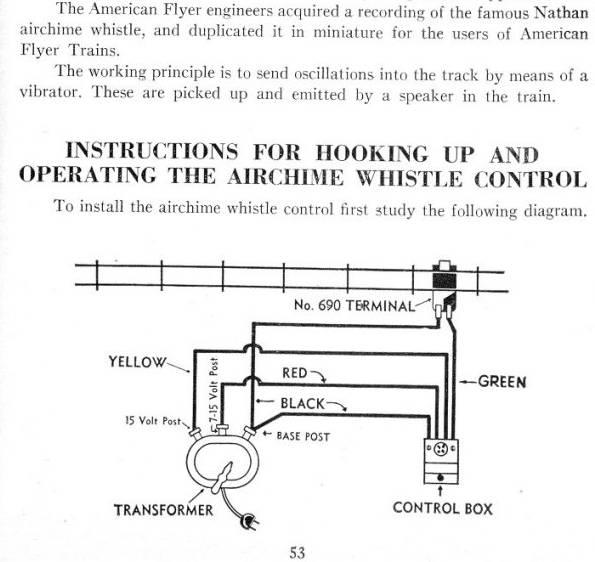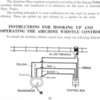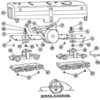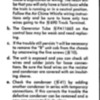I have recently acquired some old S-gauge items, including these "American Flyer Air Chime Whistle" units.
Some online research tells me that these units generate a frequency that passes through the rails to an on-board speaker. I surmise that the "generator" unit uses a point-contact type oscillator to create the frequency.
A U-tube post shows a unit that makes an unimpressive buzzing sound, which is about what I might have expected from 1950's model train technology. The four-pin tube units have different numbers, which I suppose are somewhat different sounds? I'd like to try out this gadget, just for fun.
I've seen a wiring diagram for the "whistle" unit. However I don't have an on-board speaker unit, and I'm wondering what circuitry they used to block the track power to the speaker. I use high-frequency lighting on my otherwise conventional DC-powered HO layout so I know how that works. But I'm somewhat puzzled how they sent a sound signal through AC-powered track. Some American Flyer trains used DC power?
I welcome any additional info on this subject.










